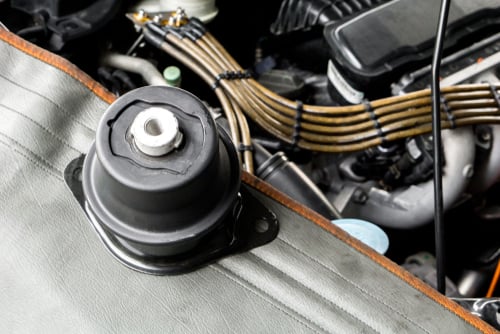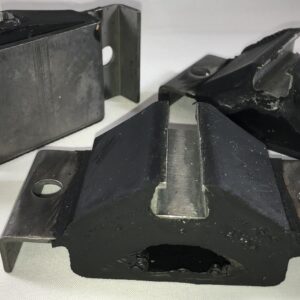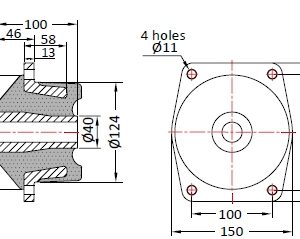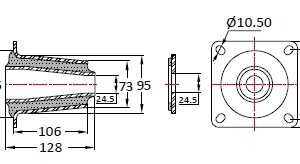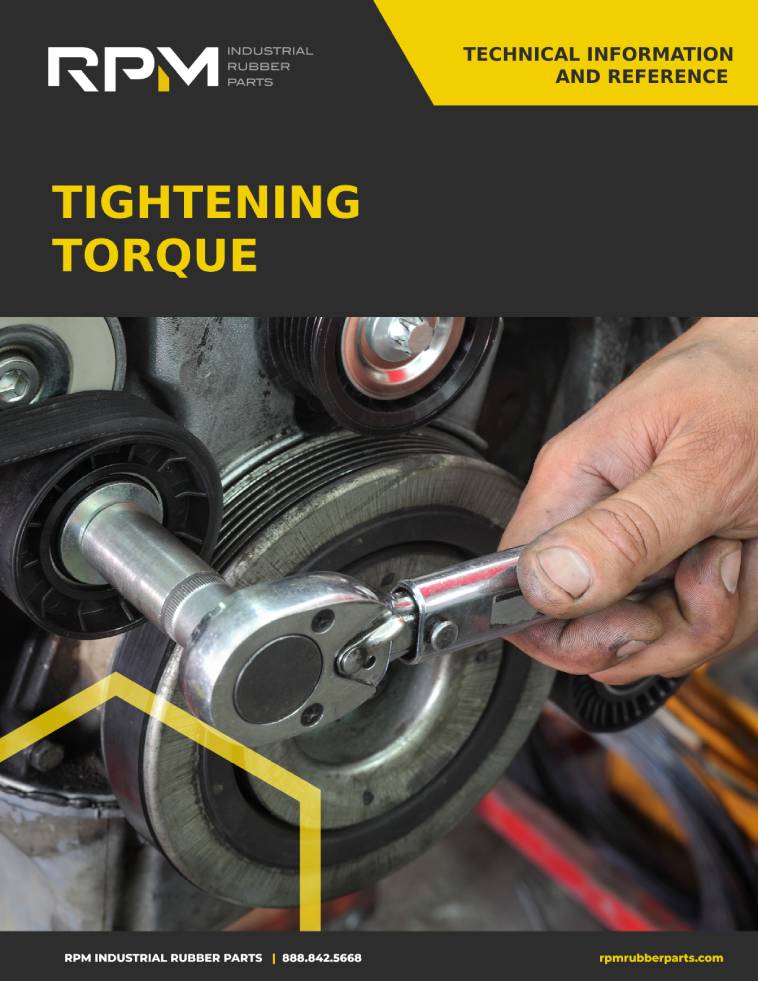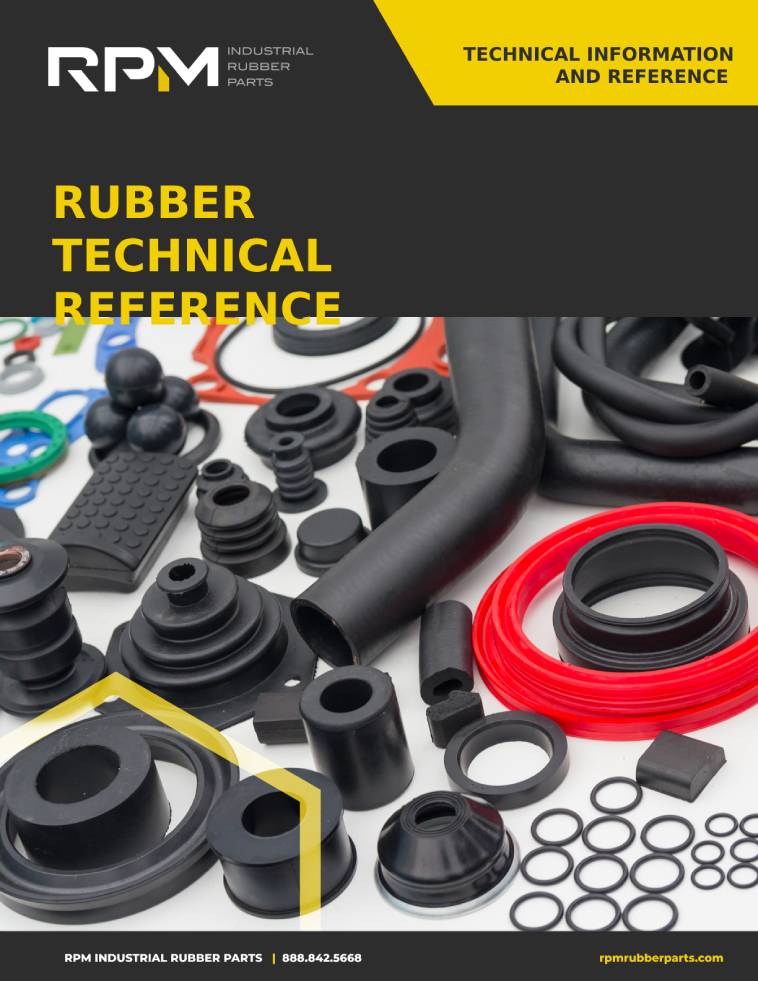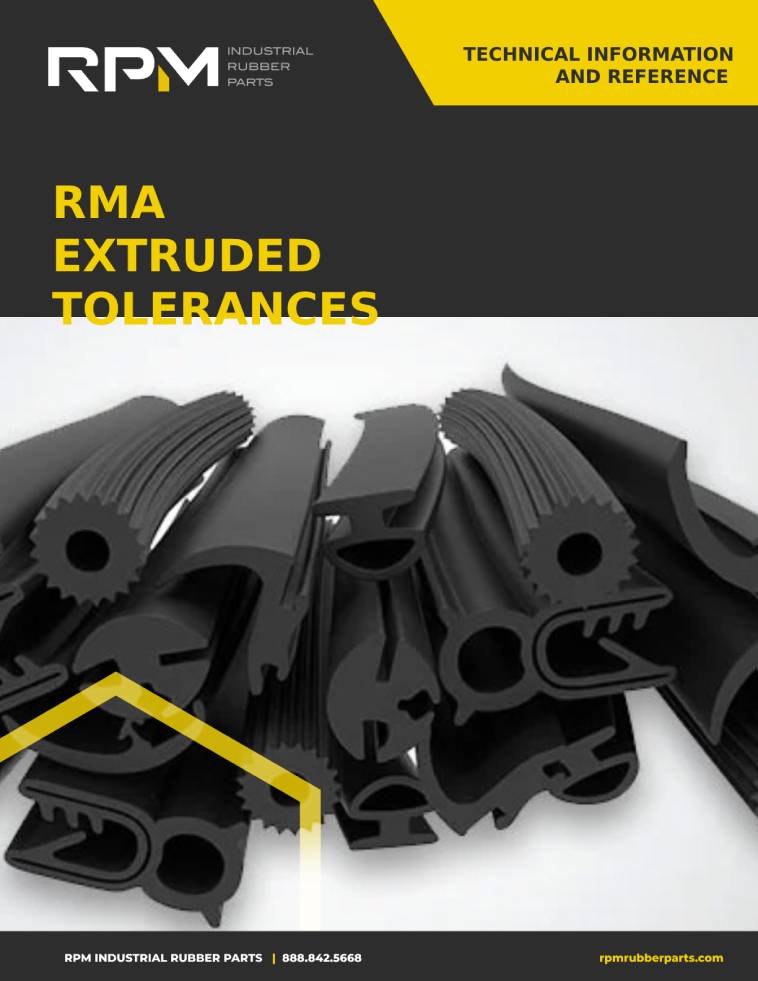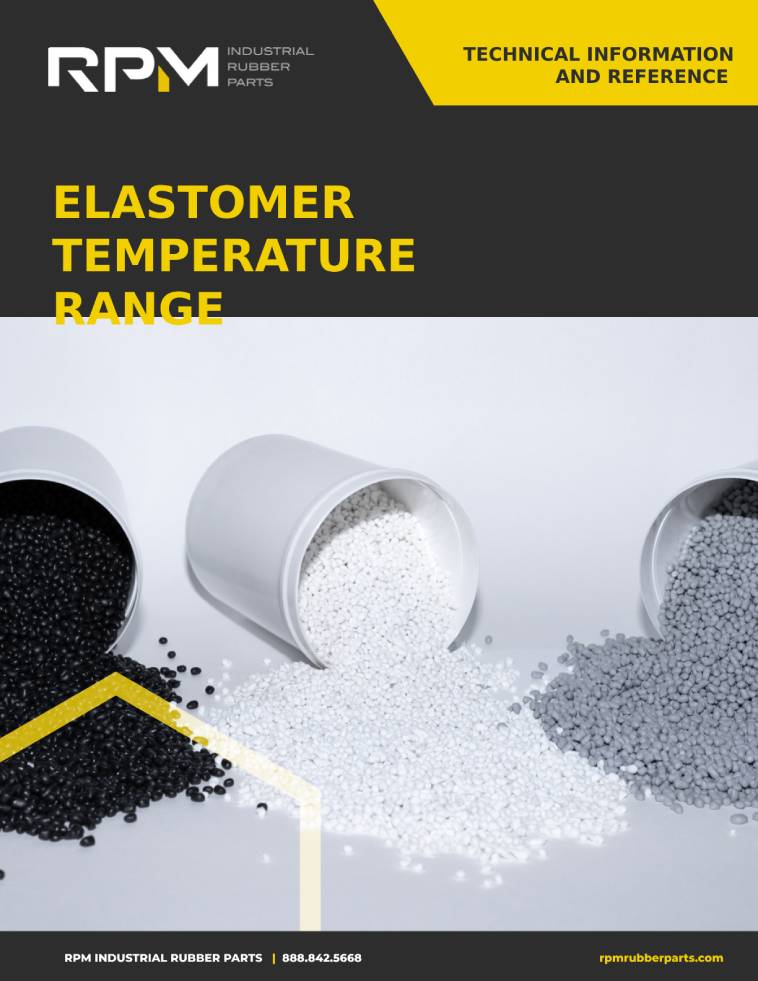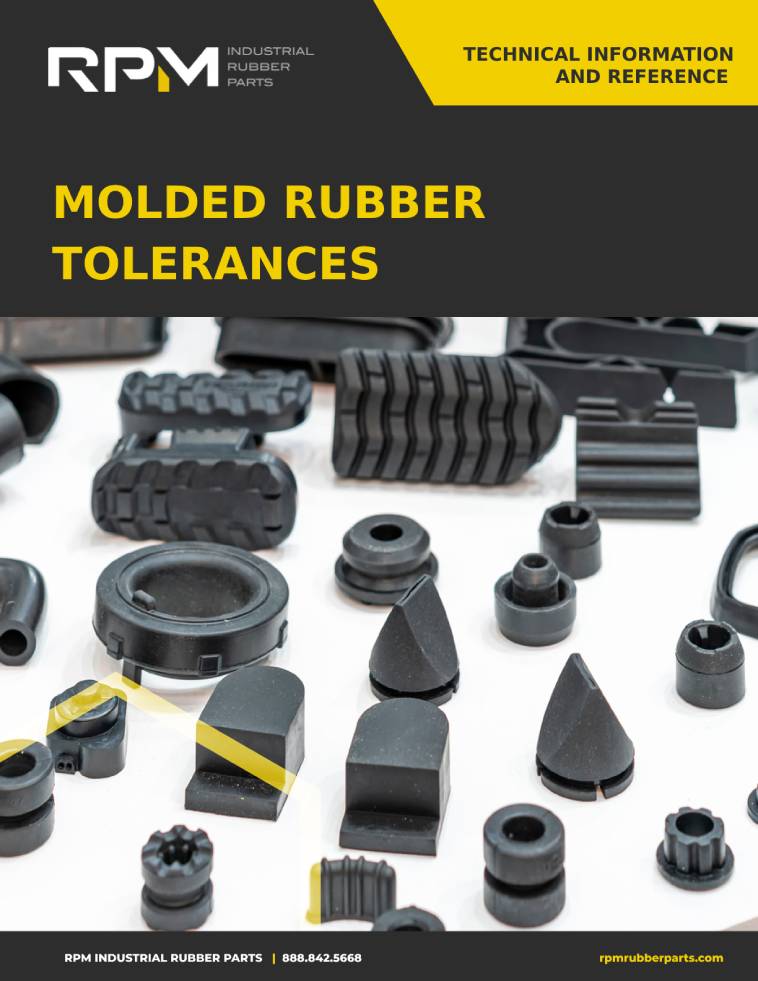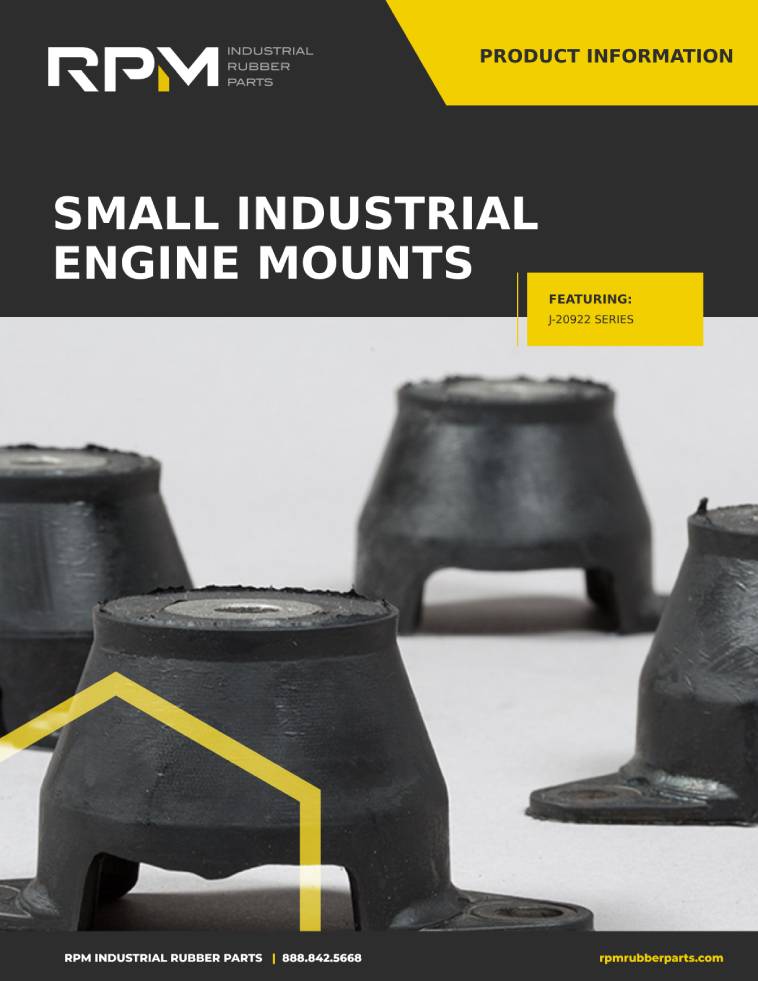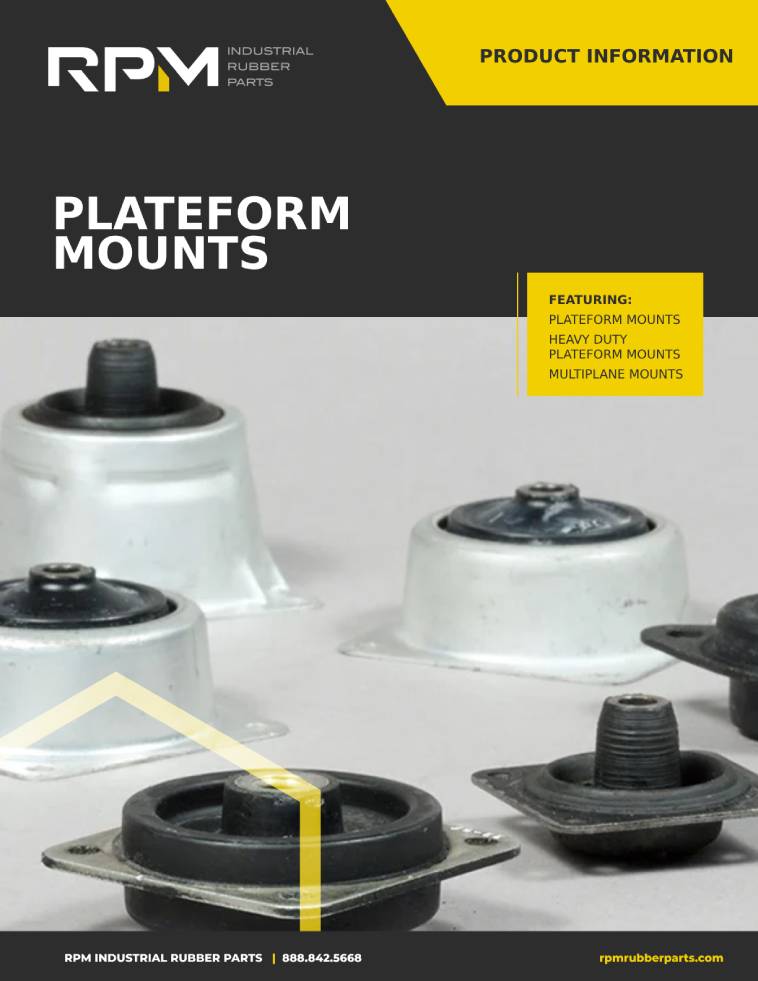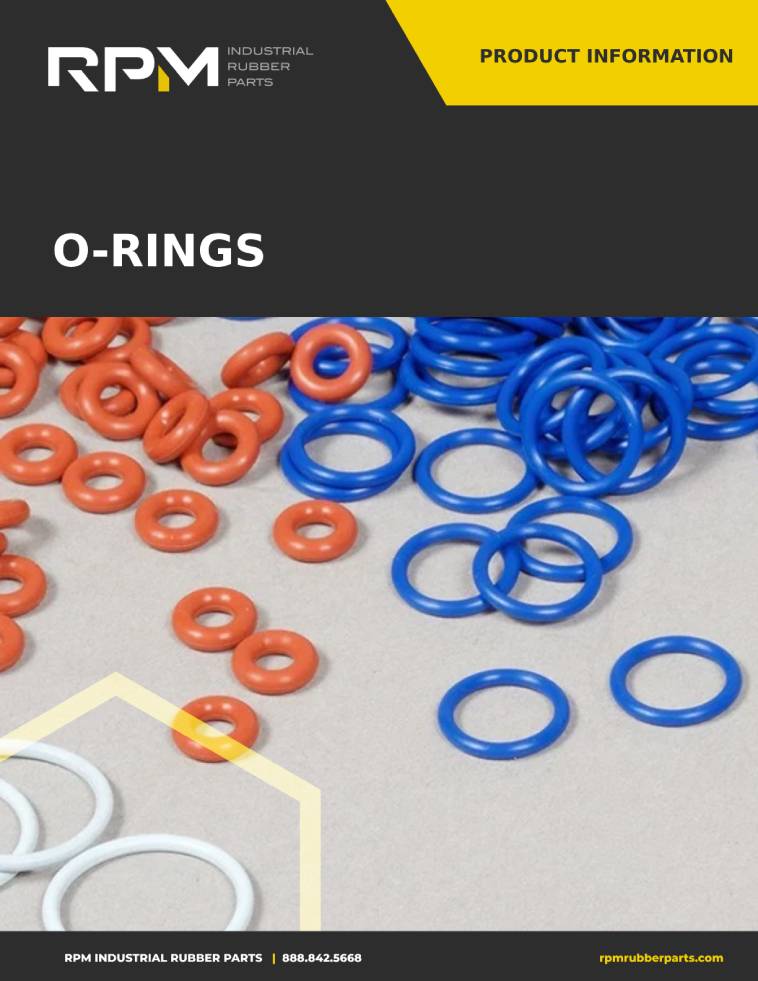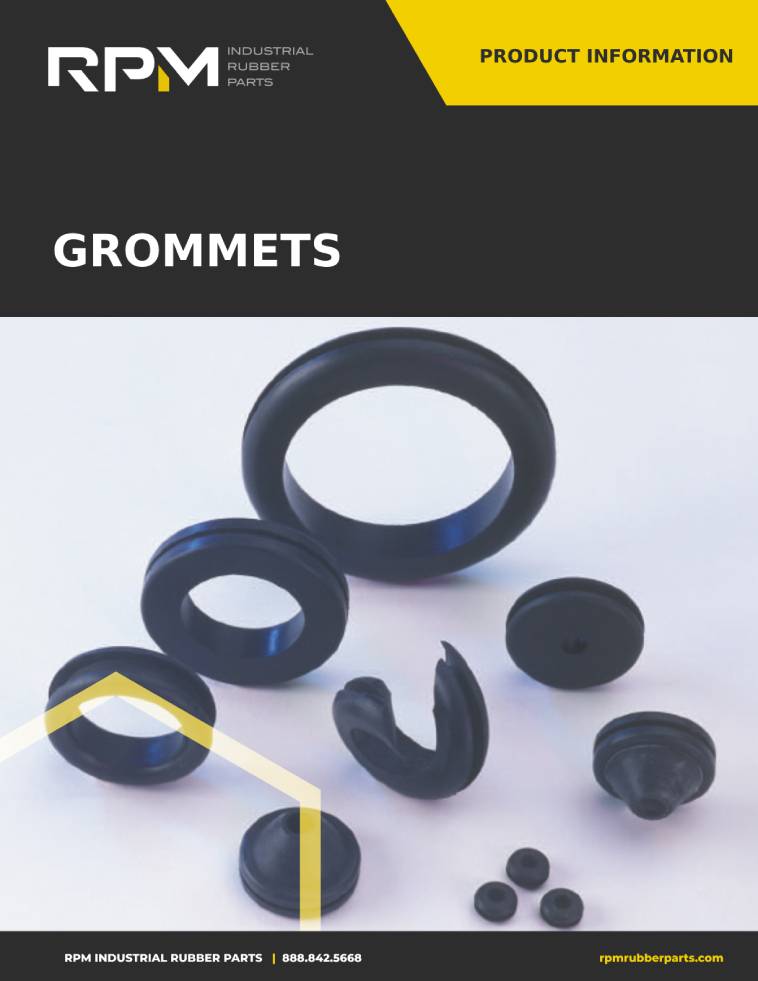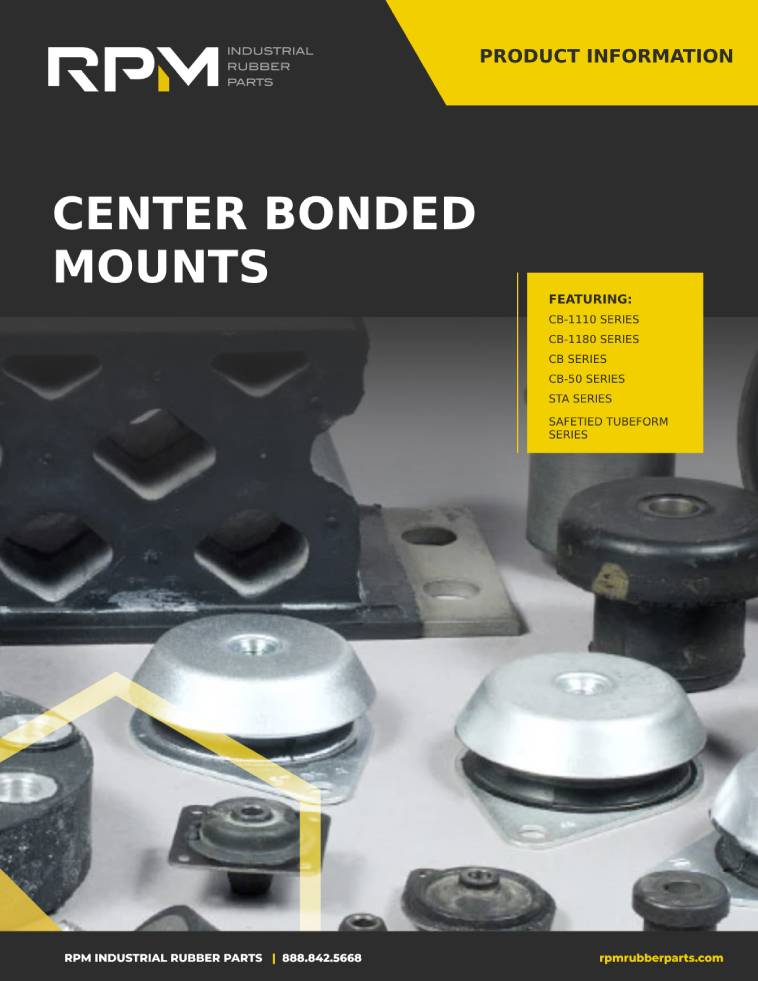There are numerous critical elements to consider when you select a vibration isolator. Depending on the application, you’ll need to know things like the weight of equipment, the center of gravity, the size of equipment, type of disturbances, and more. Vibration of shock isolators work in very specific ways to protect and prolong the life of the equipment. For illustrative purposes, let’s consider the process of assessing and selecting a vibration reduction isolator for an engine.
Many engines will have front engine mounts and rear engine mounts. These may require single or dual vibration isolators, depending on the application. There are three common solutions to isolate vibration in engines. At RPM, our clients typically use one of the following as they offer the ease of installation:
- One-Piece CB
- Two-Piece CB
- Conical Mounts
Tap here to see our vibration control products. In addition to stock parts, RPM also offers custom rubber vibration mounts and custom rubber vibration isolators. These are expertly designed and created to meet a unique need. Contact us to learn more.
How to Pick a Vibration Isolator for an Engine
Several diagnostic or assessment questions should be asked. These include things like:
- Is this engine in a stationary application? (Think: In plant, or enclosed space)
- Is it an on-highway vehicle?
- Is it an off-highway vehicle?
These and other important questions will be used to create a profile of the application. This will ensure that you get the right vibration-isolating part.
Being able to use simple questions to determine the right application is the result of deep knowledge of physics and mechanics in play. One of the key areas of knowledge that our RPM engineers are intimately familiar with is the degrees of freedom.
Six Degrees of Freedom
There are six ways that vibration or oscillation occurs. These are known as the six degrees of freedom. These motion paths determine the disturbances being fired and projected reactions. They are best understood in two distinct categories.
CATEGORY ONE: Translations Along the X, Y, and Z Axes
Within this category are three types of motion:
- Lateral: translation or side-to-side movement along the Y-axis. This influences how the mount will deflect.
- Fore/Aft: this is a fore and aft (or forward and back) movement along the X-axis.
- Vertical: this is the up and down motion or vertical path along the Z-axis.
These are translation modes.
CATEGORY TWO: Rotations Along the X, Y, and Z Axes
Within this category are three more types of motion that illustrate the rotation along each axis:
- Roll: rotation along the X-axis.
- Pitch: rotation along the Y-axis (forward and back).
- Yaw: rotation along the Z-axis or vertical axis.
Knowing exactly how a machine or engine is moving is the only way to apply the right solution.
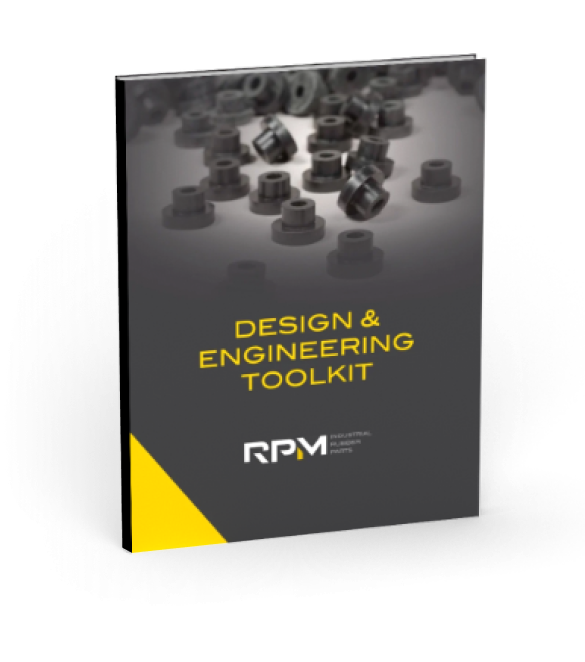
Do you really know everything about designing with rubber parts?
Get a free and valuable resource for finding or custom designing the exact part you need.
3 Solutions for Engine Isolation
In engine isolation, there are a few typical scenarios where we apply solutions. They serve as helpful illustrations of the concepts outlined above.
3-Cylinder Engine
These are challenging to isolate. They are complex because they have low frequency and multiple directions of excitations. The issues addressed are:
- 1st order: yaw and pitch inertia
- 2nd order pitch: inertia
- 1.5 order roll: gas pressure
It’s essential that the motion path and isolation mode are taken care of for each of these three dynamics.
4-Cylinder Engine
These are slightly more balanced. There are numerous rotation issues to consider. An engineer will look at the following:
- Inertia forces are balanced
- Third-order roll from gas pressure
6-Cylinder Inline Engine
These are even more balanced but still require attention to ensure isolation on account of:
- Inertia forces that require balancing
- Third-order roll from gas pressure
Other Engine Package Disturbances
While the above are some of the more common, there are many other engine packages that require careful assessment for vibration isolation mounts. Some additional examples are:
- 60 V-6: 1st order yaw, 2nd order yaw, 3rd order roll
- Inline 8: 4th order roll
- 90 V-8: 4th order roll
- V-12: 6th order roll
- V-16: 8th order roll
It should be clear that vibration isolation requires some careful calculation and in-depth knowledge. Selecting the right isolator should take into account degrees of freedom. The right expert assessment will ensure that you purchase the right vibration isolator.
RPM Vibration Isolation
RPM is a custom manufacturer of the best vibration isolation parts and technology. We work closely with the global leaders in rubber to metal bonding. RPM sells Parker LORD vibration isolators and other manufactured parts. If you are in the market for a manufactured rubber solution or need a consultation about the right vibration isolator for your application, contact us or call our team at (888) 842-5668.
Related Resource
The Engineer’s 7-minute Guide to Rubber Molded Parts
Our free resource is a quick-reference guide to help you determine if exploring a rubber part is right for your application.








